|
|
|
|
This review page is supported in part by the sponsors whose ads are displayed below
|
|
 |
|
|
Regarding voicing, the tweeter on the Presence has been turned on fully as it has on the Definition. It's not been softened deliberately as on the Druid whose lack of bottom octave coverage made a counter balancing attenuation in the highest treble
|
|
 |
|
|
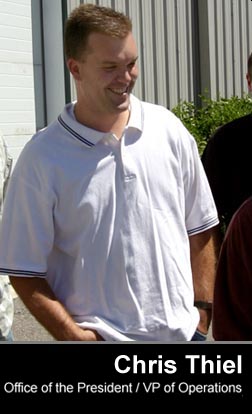 |
|
|
|
Early Birch Ply proto cabs
|
|
|
sensible. It also defied the current trend whereby treble brightness is equated with resolution and hence, desirability. The new form factor brings two fringe benefits to the Presence. All sides are trimmed out in lacquer whereas the earlier Definition's woofer grill was always a flat black; and the woofers have migrated to the front baffle to improve timing. The integral plinth is a Zu tradition as are the upscale 2-in-1 Cardas binding posts and aluminum details machined right next door to Zu's digs. |
|
 |
|
|
|
|
|
The direct woofer input is a direct outcome of the Definition Mk 1.5's eventual progression to Definition Pro. Though never advertised, the latter eliminated the standard plate amp, requiring external biamping and an active crossover on the rear-firing bass system. In the Presence and Definition 2, upgraded woofers with beastlier motors and a lower jib factor between accordion surround and spider than traditional bass drivers anticipate the type of infrasonic compensation certain EQ-happy customers might dial in. Both Presence and Definition 2 thus incorporate 'standard' and 'pro' drive. You can start out one way and change later. You can even change back like a reversible -- pinstripe -- suit. Slick!
All things considered, the Presence is more of a downscaled Definition than scaled-up Druid. As such, it's a serious attempt of cramming truly full-range performance into as compact an enclosure as possible. Load and sensitivity mate to micro-power triode amps which otherwise don't deal well or at all with most modern loudspeaker loads. However, with their pro arena power handling specs, the Presence welcomes mondo transistor muscle just the same.
For once, it's not the speaker that dictates your amplifier choices. Your sonic preferences do. Then there's the intrinsic value of the Presence concept: cabinet geometry, SuperPly structure with GelCoat treatment, stock gloss lacquers, self-powered internal subwoofer, inbuilt upgrade path to external bass drive and DSP equalization. One gets a lot.
|
|
 |
|
Considering the what's in it, the Presence compares most aggressively to the recently reviewed €11,700/pr Acuhorn Rosso Superiore 175 from Poland and a speaker I own, the €8,800/pr WLM Grand Viola Monitors. With the Presence, your buying power is maximized for a speaker proudly made in the US, not sourced offshore for higher profits. The present dollar/euro exchange rates mean Europeans with - ahem, presence of wallet can make out like bandits. In fact, the Presence seems poised to steal sales from the Definition 2 which 'merely' offers two more woofers and one more 260FR, albeit in a more conventionally styled rectangular enclosure with a more industrial rear view. With a price differential of $3,000 -- buying a great amp to drive the Presence with -- the new 'un could nearly be accused of a genetically designed-in Oedipus complex. If so, the consumer's wallet enjoys the last laugh while the son buries the father and pisses on his grave.
Well, I rather think Freud's got it all wrong on that count but the Presence does seem hung up on offering a fair value. And it's not an easy speaker to build. Zu had to design and fabricate custom tools to get the bass drivers into the cabinet and bolted to the insides. There wasn't much room. Or as Adam quipped: "DIYers always claim how they could copy a commercial speaker for mere pennies on the dollar. Let them try with the Presence. If they don't screw up the cabinet, they will mess up the lacquer - never mind that they couldn't source our drivers nor our custom metal and crossover parts."
|
|
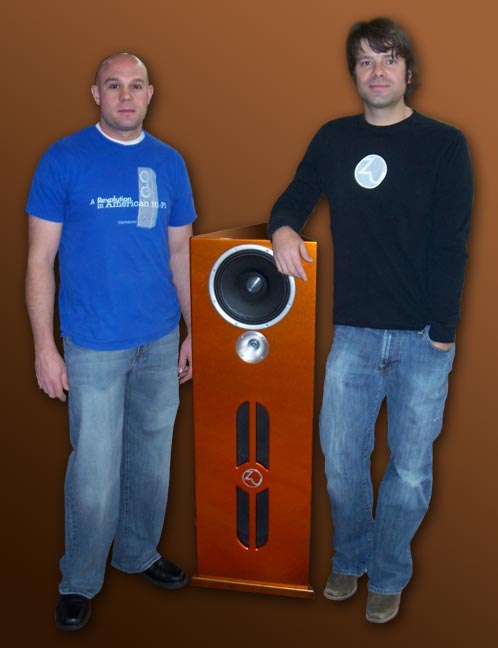 |
|
If you calculate machine shop time for custom parts run just two up, I don't think Adam's bluffing. Never mind that shy of a car paint booth and the necessary expertise, no garage solder jockey would stand a chance of laying on a long-lasting flawless automotive lacquer.
Initial roll-out of the Presence was halted when overseas reports arrived that the original woofer amps hummed on 240V feeds. The Hypex modules which Zu upgraded to allow for lowering of the variable low-pass down to 30Hz and can add up to 6dB of bass boost at 20Hz if desired.
|
|
|
Zu also has instigated an across-the-board tolerance tightening for all their speaker models. Every single tweeter is rebuilt in-house, then stringently pair-matched as are the capacitors and resistors on the high-pass filter. All drivers with their attached wiring harness (and filters where applicable) are then burnt in 24/7 for one week on high-amplitude material on Zu's battery of Apogee pro amps. Asked how they could stand the noise, Adam admitted that they shelf it during work hours |
|
but convert to their crank town punk image whenever they lock up. "You can then hear it down at the beginning of the block in this industrial park."
|
|
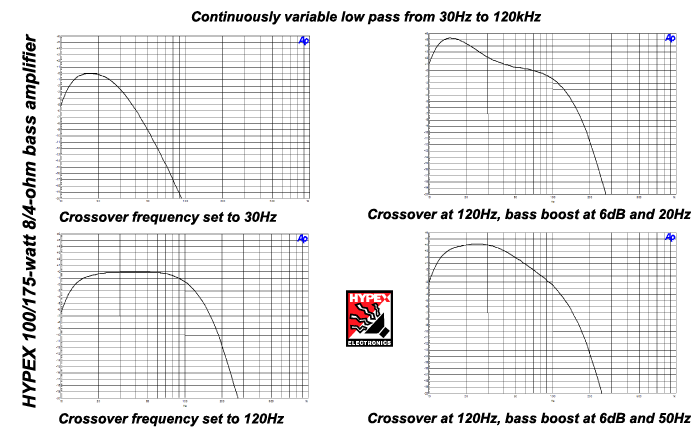 |
|
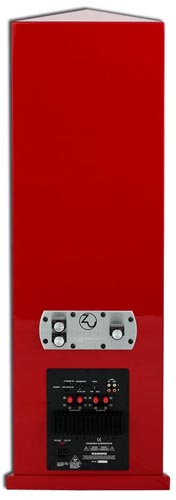 |
Asked how he would distinguish the Presence from the Definition 2 to an inquiring prospective buyer, Adam advised that a room much smaller than 18' x 24' x 10' would give a definitive advantage to the reduced room interactions of the Presence. In suitably sized rooms however, the Definition 2s with their greater air displacement create grander scale and superior dynamics.
On the subject of amplifier recommendations, Adam was naturally reluctant to endorse any maker in particular. He was rather hoping that owners and reviewers would report back on suitable matches to assemble an internal list of cost-effective suggestions.
So I rephrased my question. What amp did he personally own that worked really well with this new speaker model? That netted a response: Melody Valve Hifi's 300B mono blocks, albeit only when outfitted with bona fide Western Electric output bottles rather than the stock glass.
Then it went from red for hold to green for go... |
|
|
|
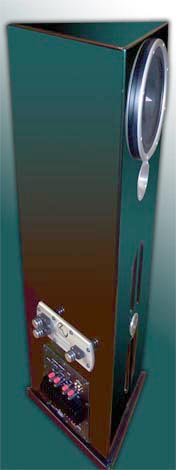 |
|
|
 |
|
|
|
 |
|
|
|
|
|
|
 |
|
|
|
|
|
|
|
|
|
|
|
|
|
|
|